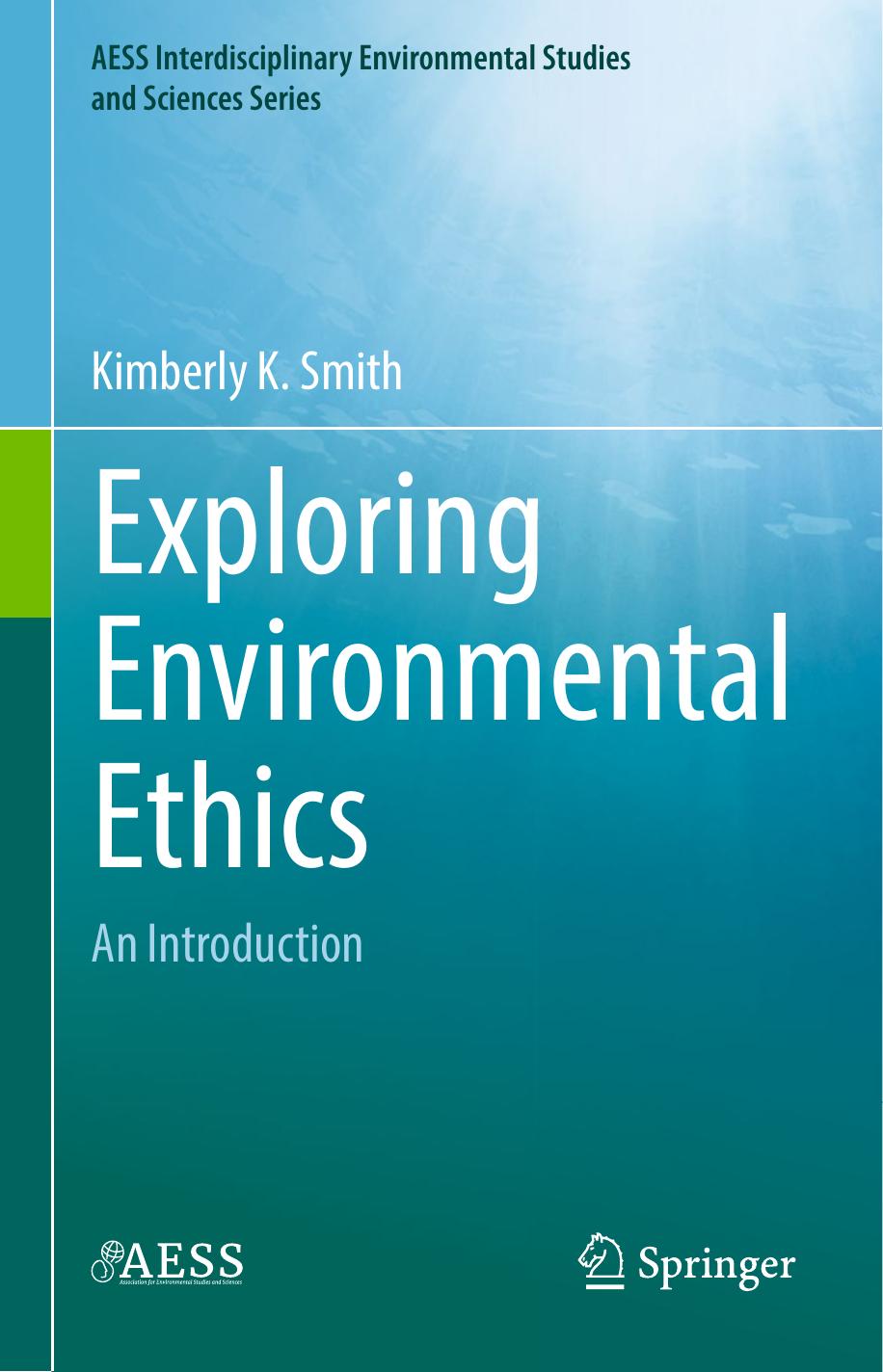Exploring Environmental Ethics by Kimberly K. Smith

Author:Kimberly K. Smith
Language: eng
Format: epub, pdf
Publisher: Springer International Publishing, Cham
4.2.6 Species
We may be persuaded that we have duties to individual organisms, or at least individual animals. But do we have duties towards species as a whole? This question is more difficult to answer. True, the United States and many other countries have enacted laws to protect endangered species, even at the expense of economic development. A lot of people accept the principle that we have a duty to preserve species. But a duty to whom – to other humans, or to species themselves? Are species the kind of thing we can have duties toward? That is, do species have moral status ?
It helps to understand what we mean by species. “Species” is a term most commonly used by biologists to categorize organisms. For biologists, a species is basically a group of organisms that are genetically similar. How similar? As with any classification system , it depends on your purpose. For example, people who study bacteria often say that the concept of species isn’t useful to them at all, because genes move so rapidly among bacteria. But ecologists do find it useful to classify organisms by species. Genetic similarity is often the result of adaptation to a common ecosystem, and that’s what ecologists are interested in. But similarity might also be the result of a breeding program. Lab mice, for example, may be genetically identical. Does that make them a distinct species? If so, are they as worthy of protection as endangered eagles or polar bears?
Some biologists define species as a community of organisms that can interbreed and produce viable offspring. This is a good working definition , although it doesn’t work for the huge number of species that reproduce asexually. And even among organisms that reproduce sexually, there is a lot of gray area; populations of organisms are often in the process of speciation. At what point are they different enough to be designated a separate species?
Ultimately, how we define “species” depends on why we are defining “species” . That means we have to decide why species have moral value before we can decide what counts (ethically) as a species. This is an important point that will keep coming up: Environmental ethics necessarily borrows a lot of concepts and terms from the natural sciences, like “species,” “ecosystem,” and “biodiversity .” It’s tempting to think that these terms, being scientific, have clear, objective, value-neutral, uncontroversial meanings. But they don’t. Scientists themselves debate their meaning and even their usefulness. How we define these terms usually ends up resting on a value judgment: We define “species,” for example, in a way that reflects something the researcher or society values about the natural world. It’s important when borrowing a concept from another discipline to become familiar with the debates and controversies over its meaning, and to dig down beneath the façade of objectivity to the value judgments that these concepts reflect.
That point brings us to the next problem. We have discussed several bases for recognizing the moral status of animals. Individual animals may have desires, beliefs, and goals; they may experience pain and pleasure.
Download
Exploring Environmental Ethics by Kimberly K. Smith.pdf
This site does not store any files on its server. We only index and link to content provided by other sites. Please contact the content providers to delete copyright contents if any and email us, we'll remove relevant links or contents immediately.
The Secret History by Donna Tartt(18950)
The Social Justice Warrior Handbook by Lisa De Pasquale(12169)
Thirteen Reasons Why by Jay Asher(8848)
This Is How You Lose Her by Junot Diaz(6836)
Weapons of Math Destruction by Cathy O'Neil(6220)
Zero to One by Peter Thiel(5736)
Beartown by Fredrik Backman(5682)
The Myth of the Strong Leader by Archie Brown(5461)
The Fire Next Time by James Baldwin(5386)
How Democracies Die by Steven Levitsky & Daniel Ziblatt(5175)
Promise Me, Dad by Joe Biden(5116)
Stone's Rules by Roger Stone(5053)
A Higher Loyalty: Truth, Lies, and Leadership by James Comey(4908)
100 Deadly Skills by Clint Emerson(4882)
Rise and Kill First by Ronen Bergman(4741)
Secrecy World by Jake Bernstein(4703)
The David Icke Guide to the Global Conspiracy (and how to end it) by David Icke(4658)
The Farm by Tom Rob Smith(4468)
The Doomsday Machine by Daniel Ellsberg(4452)
